In the Japanese cities of Osaka and Nara, Katie Silcox discovers how a country so acclaimed for innovation is not only holding onto its history, but is bringing lessons from its past into the future.
I’m standing amidst a crowd of thousands. There are people trying to push through a police barricade along a bridge; their aim is to jump into the river below. Some chant slogans underneath the nearby bright lights of Asahi beer advertisements, while others wave batons in the air close to Osaka’s famous Glico runner sign, or bang on drums, high-fiving me as I walk by.
Osaka, Japan
My welcome to Osaka – more specifically Dotonbori, Osaka’s high-energy nightlife area – isn’t typical, but it is representative of this lively and animated city, somewhere where residents are unafraid to break a social norm or two.
I’ve arrived during a particularly opportune time. The kind of fortuitous timing that could never be planned: the local baseball team – the Hanshin Tigers – have just won the sport’s prestigious Central League after 18 years. I’m told that the Hanshin Tigers have some of the most loyal supporters in Japan. And that jumping into the river is one of the traditions they like to enact when they win.
Buoyancy fills the nighttime streets packed with restaurants, themselves punctuated with neon signs competing for the attention of passersby – signs seemingly screaming: “our okonomiyaki is better than the others”; “we sell the best takoyaki”; “hey, come join the fun at our karaoke bar – the first beer is on us!”
Dontobori’s neon lights and famous Glico man advertisement in Osaka, Japan
Much of the signage is in Japanese but visual extensions make each offering clear, whether you speak the language or not: giant plastic crabs with moving claws beckon you, standing tall beside 10-foot plastic kushikatsu chefs and photos of K-Pop stars inviting you to pick up a mic. Each attempt at my custom works; I try the okonomiyaki, burn my mouth on steaming-hot takoyaki, and screech into a microphone in a private karaoke booth, free beer in hand.
I’m staying at W Osaka – the first W in Japan – and the brand couldn’t have chosen a more fitting Japanese location. Like Osaka, W Hotels are known for their bold approach to hospitality and things are no different here, though initial appearances might be deceiving. The building’s exterior stands out, but not in a shouty manner; its sleek, black frame shoots into the skyline, towering over all others on Mido-Suji, the vast, affluent, designer store-lined avenue it calls home. Inside, the hotel is a riot of colour: bright artwork, creative installations and Instagram moments at every turn, starting the second you step foot into its light-filled entrance tunnel. I later learn that this contrast is by design.
During Japan’s Edo period, a time with frequent wars, rich Japanese society women wore long, black coat-like garments called haori over their kimonos, hiding colourful linings and sparkling jewels inside – and this is what gave W Osaka’s designers their inspiration. Japanese architect Tadao Ando designed the black exterior, while interior design is by Amsterdam-based firm, Concrete, who are also responsible for the interiors at one of London’s newest hotels, The BoTree. W Osaka’s sleek-black exterior is reflective of the haori, while its colourful inside mirrors the jewels.
The same, concealed-until-revealed design concept is reflected throughout the hotel. In the bedrooms, a golden-hued fabric covers wardrobe doors that appear like any other, until you open them to reveal a detailed wallpaper designed by the pixel-art group, eBoy that depicts Dotonbori in minute detail – it includes the hotel, of course, but also the Glico man and the Hanshin Tigers logo. Yes, those of Dotonbori river-jumping fame.
Bedroom at W Osaka with wallpaper by pixel art group, eBoy, depicting the city
Likewise, my search for the hotel’s 10-seat omakase restaurant, Sushi Ukiyo, was tough – finally found hidden behind a polished silver door marked only by a small plaque engraved with a fish symbol, and opened with a keycard. Inside, I find an explosion of colourful decor courtesy of an abstract mural by Lok Janson, and a cacophony of flavour in dishes such as the salmon roe, steamed-black abalone, swordtip squid, o-toro tuna and sea urchin sushi plates, each piece individually hand-crafted in front of us by sushi chef Takuji Fujisawa-san as we dine.
Outside of the hotel, this is a city of contrasts, too. Behind the bright lights of Dotonbori are ancient, whispering streets, watched over by centuries-old temples and hidden speak-easy style bars that have withstood the test of time; some of the latter finding the limelight now, as they become unwitting TikTok sensations – so much so that the hidden, second-floor bar we visit has hand-written signs posted outside telling “people who don’t want to spend money” to “not enter here.”
Within a few minutes’ walk from W Osaka’s front door you’ll find designer stores including Dolce and Gabbana and Maison Margiela, as well as small, independent boutiques such as the vintage clothing store, Post Acorn, art galleries such as Marco, and Cocomeisters, a leather goods store stocking new and used products. A 600-metre shōtengai (arcade-like shopping street) stretches from the hotel’s doorstep to Dotonbori, selling everything from kimonos to keyrings, chopsticks to shampoo. Unlike the shiny designer stores, it’s been here for centuries – 380 years, in fact, since the Edo period. Nearby Osaka Castle was originally built in the 16th century, before being attacked twice in the early 1600s, struck by lightning in 1665 and, finally, torn down entirely and rebuilt in the mid-1800s, completed in 1931. Set in 260-acres of beautiful gardens, it’s a reminder of Osaka’s past, yet is just a 12-minute drive away from vibrant Dotonbori, or a 20-minute drive to Universal Studios Japan.
Food too, is a clash of tastes, styles and flavours in Osaka. In addition to the W Osaka’s hidden omakase bar, the hotel boasts a stylish Teppanyaki bar serving a contemporary take on traditional Osakan soul food. Dishes such as white miso dashi takoyaki (dating back to the 1900s) and mini okonomiyaki (with origins in the 17th century) resemble the food served in the hubbub of Dotonbori’s street food restaurants, but are elevated, and cooked in front of you on hot plates in glamorous surroundings designed by Yasumichi Morita and featuring artwork from Osakan-born visual artist, Seitaro Kuroda, whose work has been displayed in New York’s MoMA. On the nearby 600-metre shōtengai, don’t miss the popular ramen restaurant, The Ramen War. Be prepared to queue.
Food is a common highlight of any visit to Japan; something that rings true, no matter which region you visit. In Tokyo a speciality is sushi (the modern sushi we know today is said to have been developed in the city in the 1800s); in Osaka it’s okonomiyaki; and in Kyoto it’s yudofu, a hot tofu dish. But Nara, a much quieter, more rural and laid back city just a 45-minute drive from Osaka – and my next stop – lays claim to actually introducing many of the now globally-recognised Japanese flavours and dishes to the country.
Nara, Japan
Established 1,314 years ago, in 710 AD, Nara was the first permanent capital city of Japan; before this, Japan would change its ruling capital each time an emperor died. Until the establishment of Nara – once known as Heijo-kyo – Japan had adopted much of its culture from nearby China; reflected in food, fashion, art, literature, medicine and politics. During Nara’s reigning-capital years, a distinct Japanese culture began to emerge, including in its food. It was the first time, for example, that hishio – a bean and grain paste and a precursor to soy and miso – was used in the country’s cooking. Some ancient Chinese culture remains in Nara, often a conscious choice to blend modern-day Japan with the country’s Chinese-influenced roots.
At Yamato Gin Distillery – an expansion of Nara’s family-run sake brewery founded in 1719 – new-generation brothers are taking these historical ‘roots’ quite literally. Locally-sourced botanicals including tachibana citrus, touki leaves and juniper berries are the main ingredients in their gin-making process – the berries said to have had medicinal properties in traditional Chinese herbal medicine; a practice the city has strong historical ties with, as documented in the Nihon Shoki – Japan’s first official book of history.
Completed in 720 AD, during Nara’s time as the Japanese capital, the Nihon Shoki documents the country’s history until that date and states that Nara, then known as Heijo-kyo, “has had a deep relationship with herbal medicine since ancient times.” There’s a copy of the Nihon Shoki – one that was originally found in a nearby sake-brewing temple – in the Yamato Distillery office. Today, the gin produced here – Kikka Gin – can be found pride of place on the shelves at trendy restaurants and bars across Japan, including at Twenty Eight bar by Conrad Tokyo, Lobby Bar at The Tokyo EDITION, and at nearby Flying Stag, JW Marriott Nara’s impressive lobby bar.
While in Nara, I’m staying at JW Marriott Nara. The fact they stock Kikka wasn’t a deciding factor in my choice of hotel, but does mean I have plenty of opportunity to taste-test the local liquor, alongside other Japanese wines, sakes and dishes. The foodie-highlight here is the extravagant and theatrical private-dining teppanyaki bar, Azekura, where fine-dining and showmanship go hand in hand. Dish after dish is prepared and cooked on the teppan, just a metre or so away from my seat. They include sautéed lobster with pumpkin; a Japanese Kuroge Wagyu beef served with garlic, wasabi, soy and a trio of salts – Maldon, Okinawa coral and charcoal; and the ultimate showstopper of a desert, a flambé ganache with mask melon, grape, persimmon and vanilla ice cream – its four-footed flames soaring towards the restaurant’s ceiling and radiating their heat onto my face as chef, Mr. Aso-san, sets the dish alight, caramelising and smoking the sweet ingredients.
JW Marriott is the first luxury hotel to open in the Nara prefecture (interestingly the city’s former prison is being converted into a luxury hotel today too, set to open in 2026), and it hopes to encourage people to stay in the region for a while. Its location, just 45 minutes from both Kyoto and Osaka, means that many tourists – Japanese and international – typically only visit for a day. But they’re missing out.
Not only does staying a night or two offer an opportunity to visit the Yamato Distillery, around a 30-minute drive into the region’s alluring and peaceful countryside, but a truly once-in-a-lifetime experience too: Nara Park. Home to around 1,300 Sika Deer – sacred deer, according to Japanese mythology – JW Marriott organises an early-morning trip to the park in partnership with a deer caller (or a Shika Yose in Japanese) from the Nara Deer Preservation Society. The caller uses a horn to stir the deer from slumber in the surrounding forest, alerting them to the food he – and we – carry in our hands. Within minutes of his horn, hundreds of deer came galloping out of the woodland towards us in search of breakfast; a scene straight out of a Disney script. Well, a script where the deer are sometimes impatient and try to nibble your body when you run out of food.
The not-so-humble Nara deer is a huge inspiration on JW Marriott’s decor, too, with countless depictions of it found across the property, a space designed by Joanna Biggs, who spent a month living at the hotel in order to do it justice. A nine-foot ink-art mural by Japanese artist, Moe Shimada, watches over guests in the Flying Stag (the lobby-bar serving Kikka Gin), Sika deer peer out from the mirrored glass in the lifts, aluminium antlers hang above the headboard in every bedroom and, look carefully at the shelves beside the check-in desk where you’ll spot a wooden figure of a deer, hand-carved by a resident of Nara and given to the hotel as an opening gift.
It’s no hyperbole to say that deer preside over much of this prefecture, both inside and outside the hotel. As the real deer wander its park and the outskirts of its shrines and temples (sometimes sneaking inside them too), deer hats are sold at roadside stores and their image is artistically-engraved into regional manhole covers. In one Nara shrine, Kasuga Taisha, we buy small ceramic models of a deer, holding a fortune scroll in its mouth. Mine survives the journey home, tightly wrapped within clothes in my suitcase, but ends up going through the washing machine as I unpack; the deer survived – minus its ears – but the fortune scroll disintegrated. I’m initially somewhat unsure what this might mean for my future.
Nearby, we tour the 738 AD-founded Todai-ji temple with Buddhist Priest, Elder Kosai Morimoto – the 218th chief abbot of the temple, and also a scholar of Islam – and he reminds us that change is constant. Even the temple itself, he says, has seen many changes. The head of its Great Buddha statue fell off during an 855 AD earthquake and has been replaced; thunderstorms destroyed the Lecture Hall and the Monks’ Quarters not long afterwards; in 1180 AD more than half of the compound was lost to a fire during Taira no Shigehira’s samurai clan attacks; and further loss was suffered in 1567 due to a fire set alight during a clash between opposing Samurai clans. The troubles are reminiscent of those seen at Osaka Castle. But, says Morimoto-san “we can’t stop the typhoon,” speaking metaphorically as he takes us on a tour of the temple grounds, “‘heavy-rain is not good but you can’t stop it, you must embrace it and see it through.” Perhaps my (now washed and incomplete) fortune-deer-predicted future will be ok after all.
As I contemplate my week in Japan – how I navigated crowds of baseball fans under the neon lights of Osaka’s Dotonbori before slipping around a corner to its hushed streets and ancient temples; shopped in the modern designer stores on W Osaka’s doorstep, just a street away from its 360-year-old market-like shōtengai; listened to the story of young brothers bringing new life to a more than 300-year-old distillery in Nara; and ate dishes with origins in the 17th century within stylised, modern settings in both cities – I can’t help but believe that the Buddhist Priest, Morimoto-san, is right.
Change is constant and must be embraced, and the future is never set in stone – or perhaps even in a temple-bought fortune deer. The Hanshin Tigers fortuitous win after 18 years is proof of this, as is the way that both Osaka Castle and Todai-ji temple have not only survived, but thrived, despite many hardships.
The inevitability of change is perhaps never more certain than in modern-day Japan, a country that is always ahead of the curve in creating new trends, ideas and technology. But this is also a country which has found a way to purposefully and thoughtfully entangle the old with the new; a place that has found a way to innovate without forgetting its past. It’s a lesson I’ll take home. One that will hopefully remain intact for longer than my figurine deer.
We may earn a commission if you buy something from any affiliate links on our site.

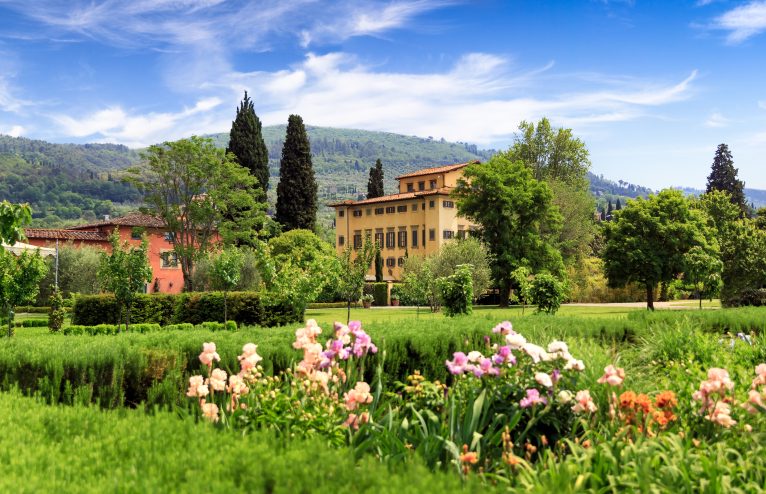
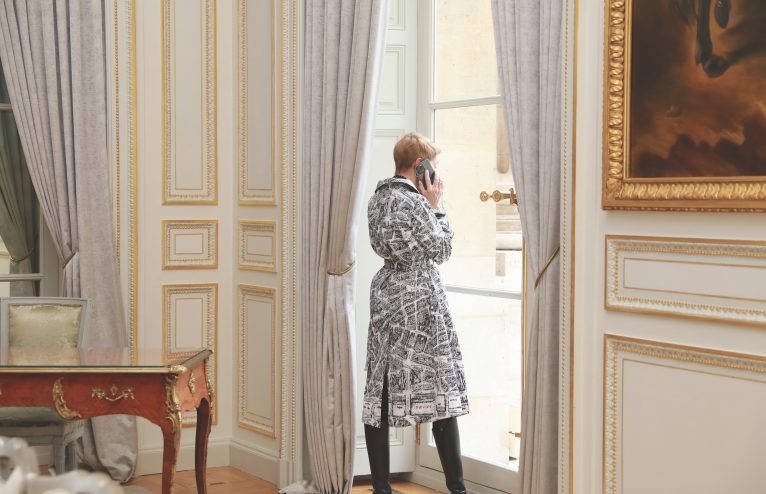





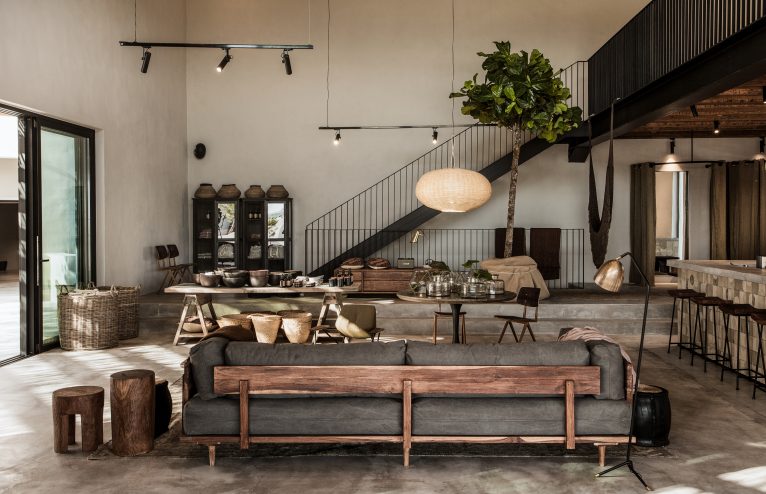
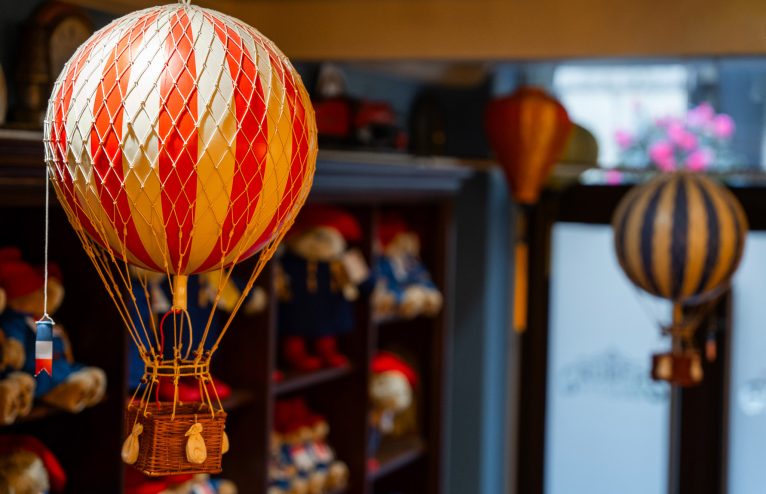
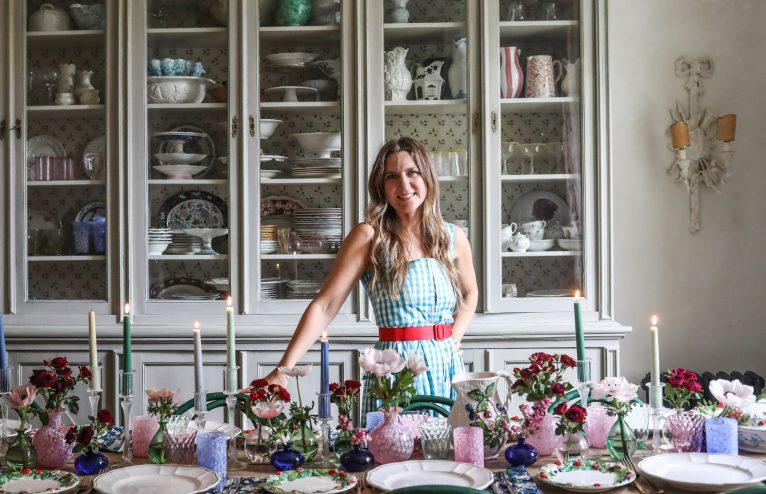





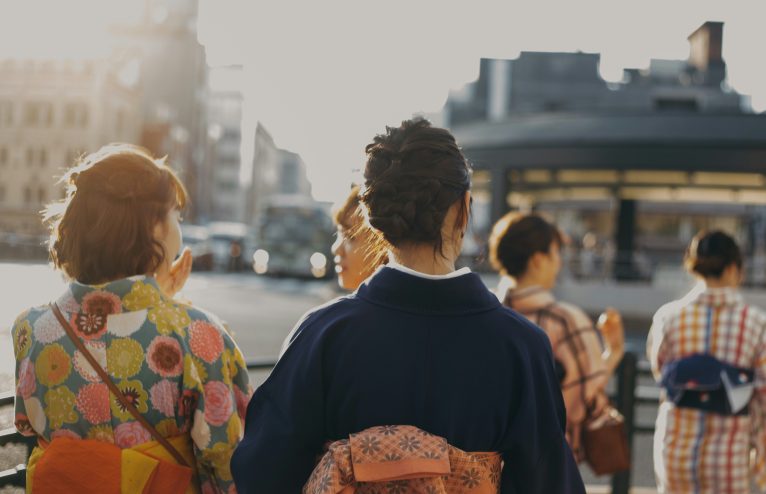

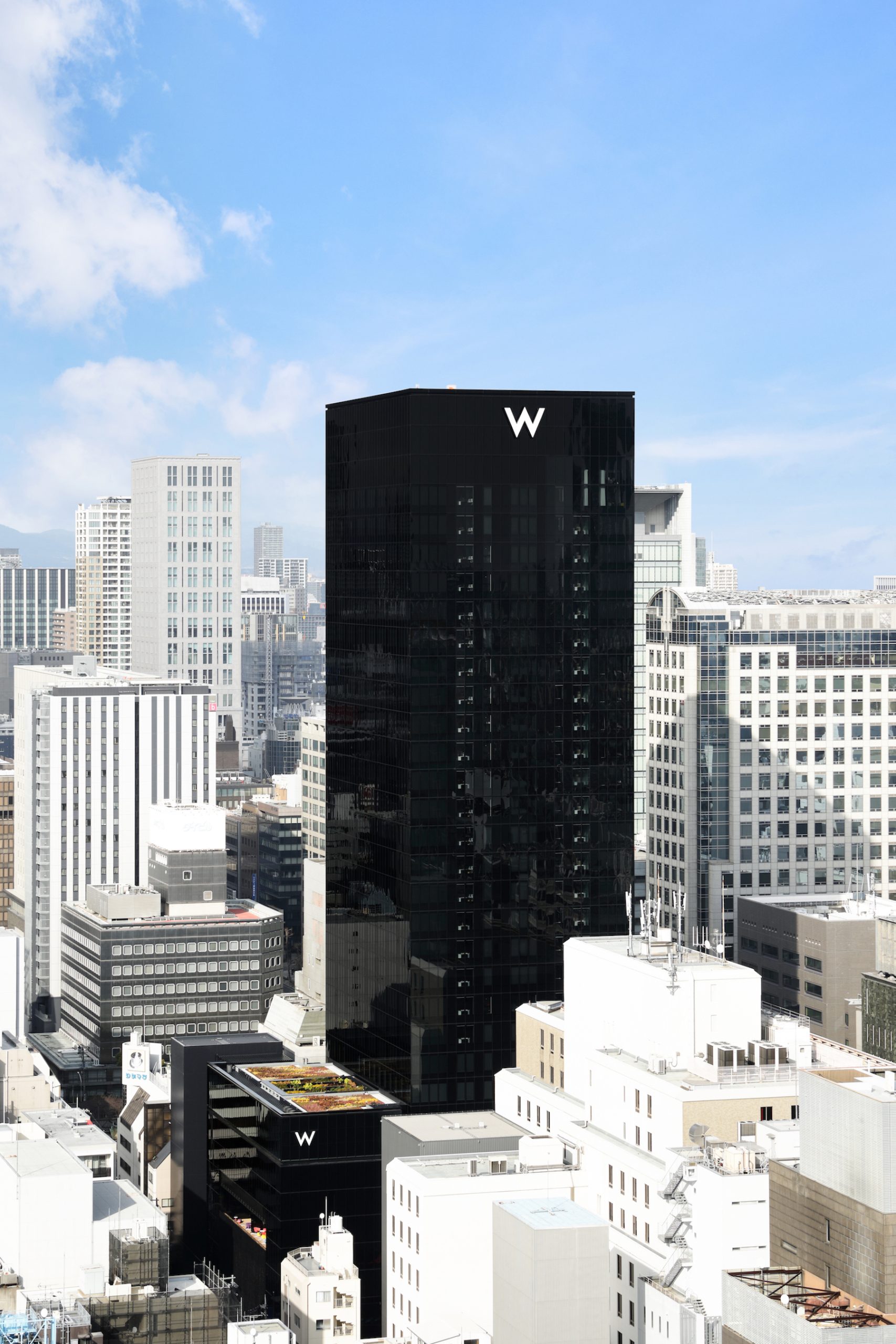


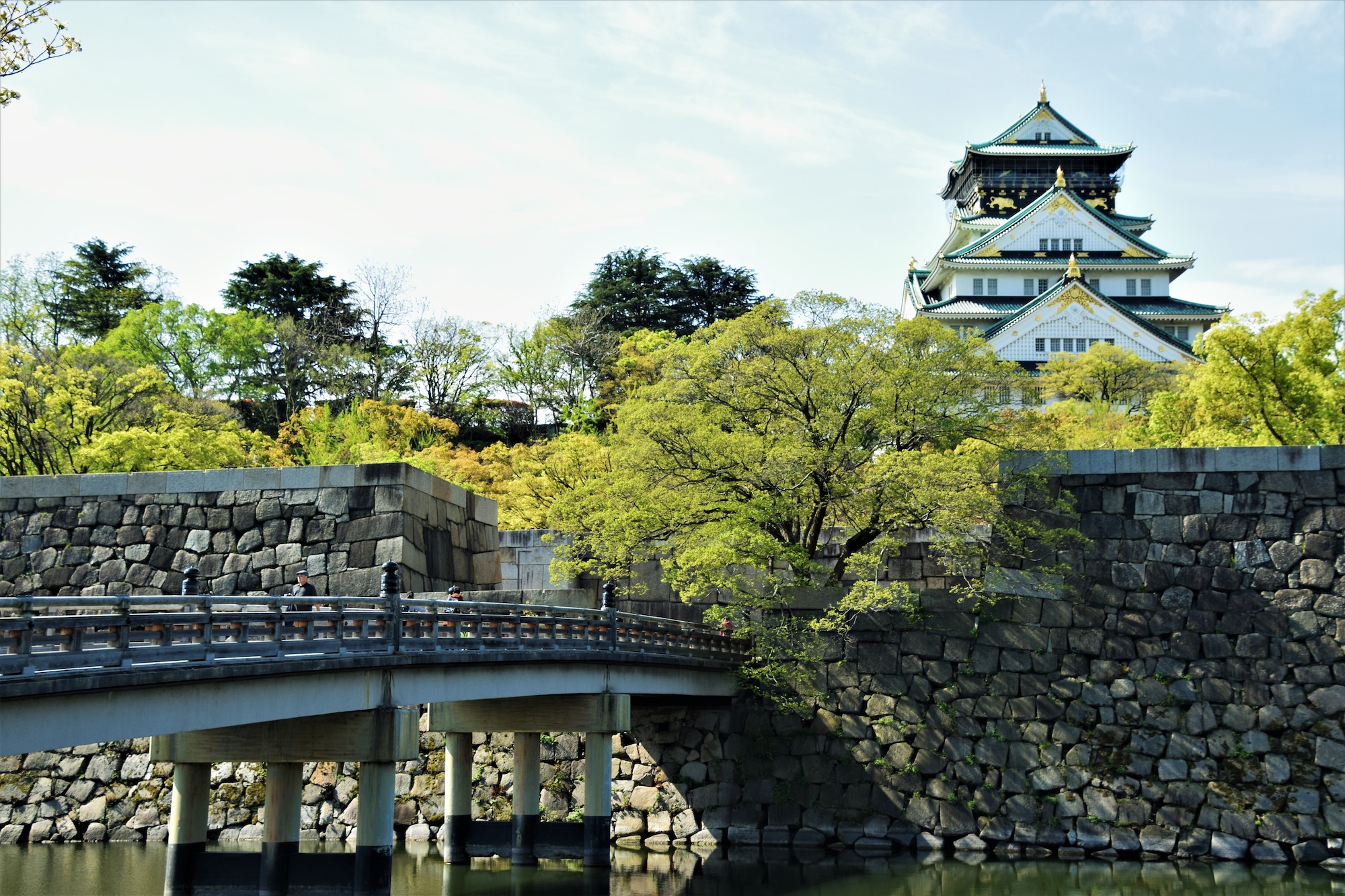


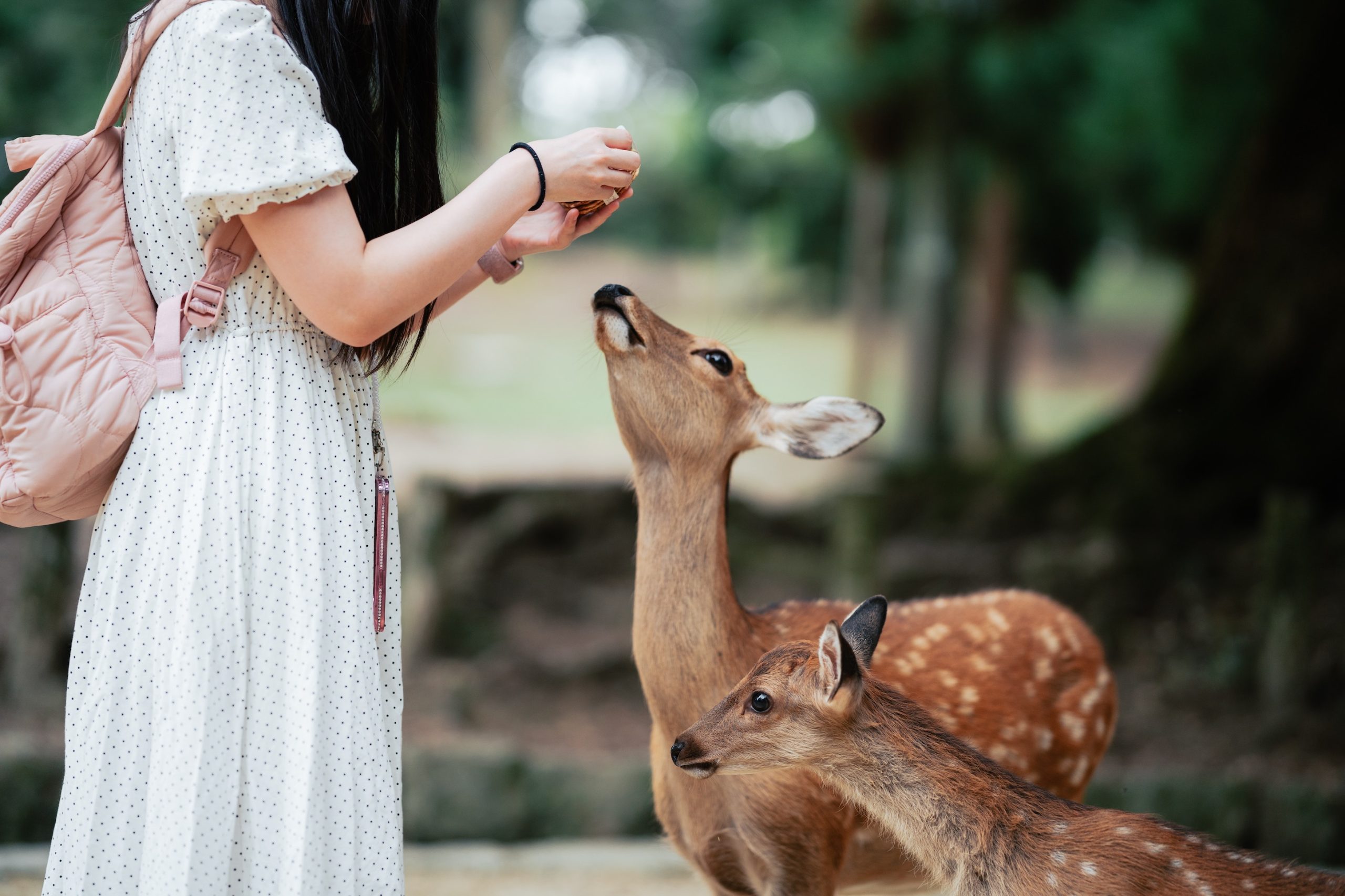
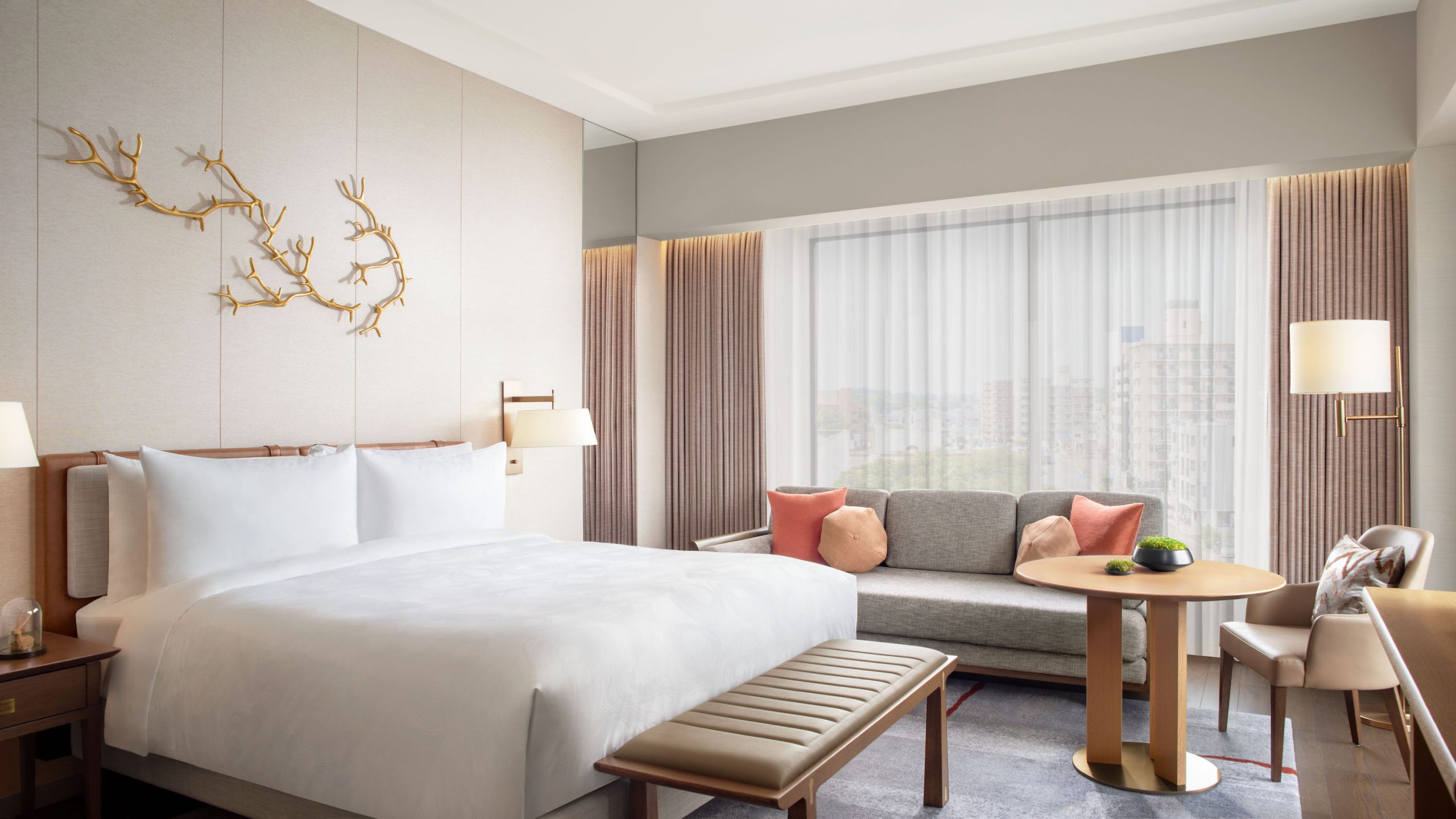
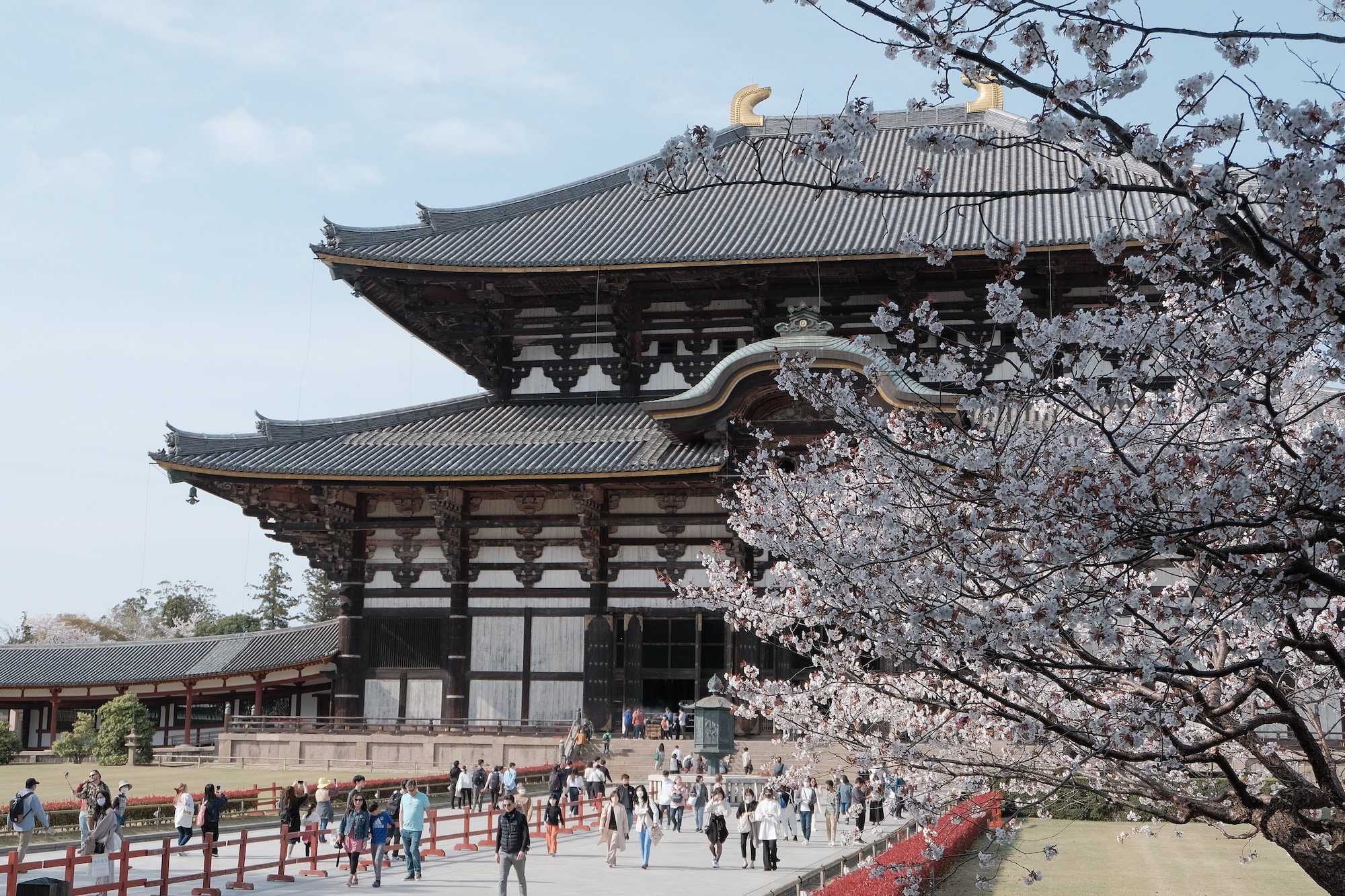
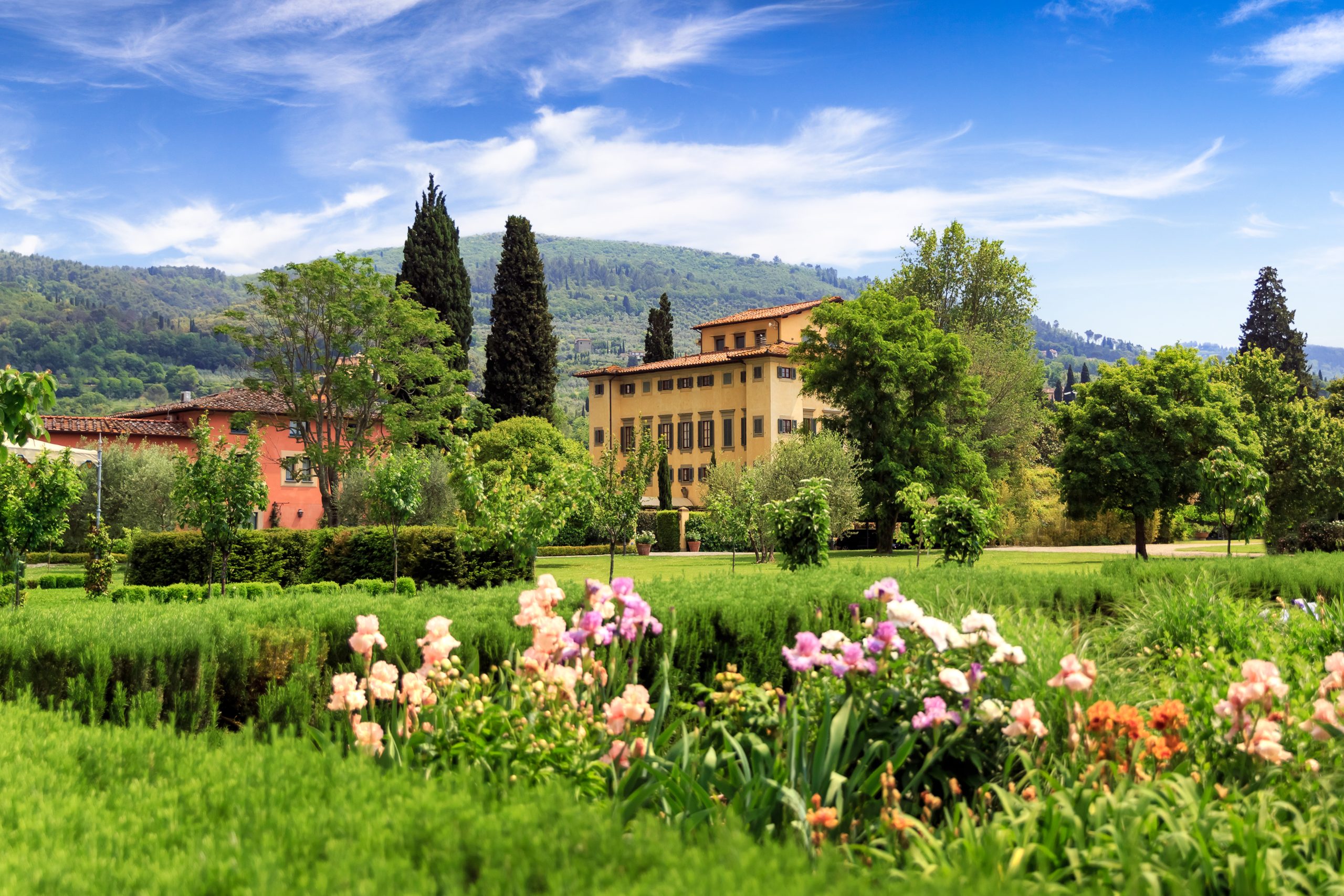



Any Questions or Tips to add?